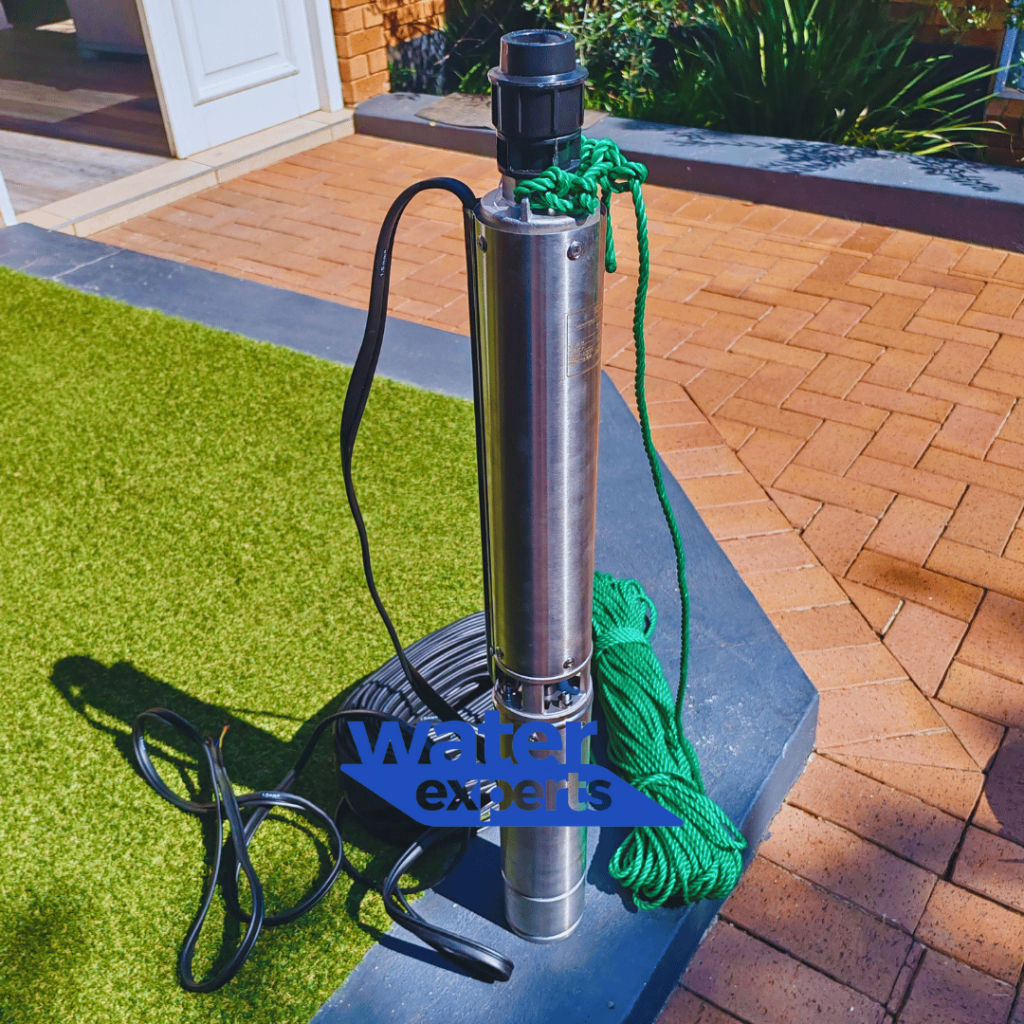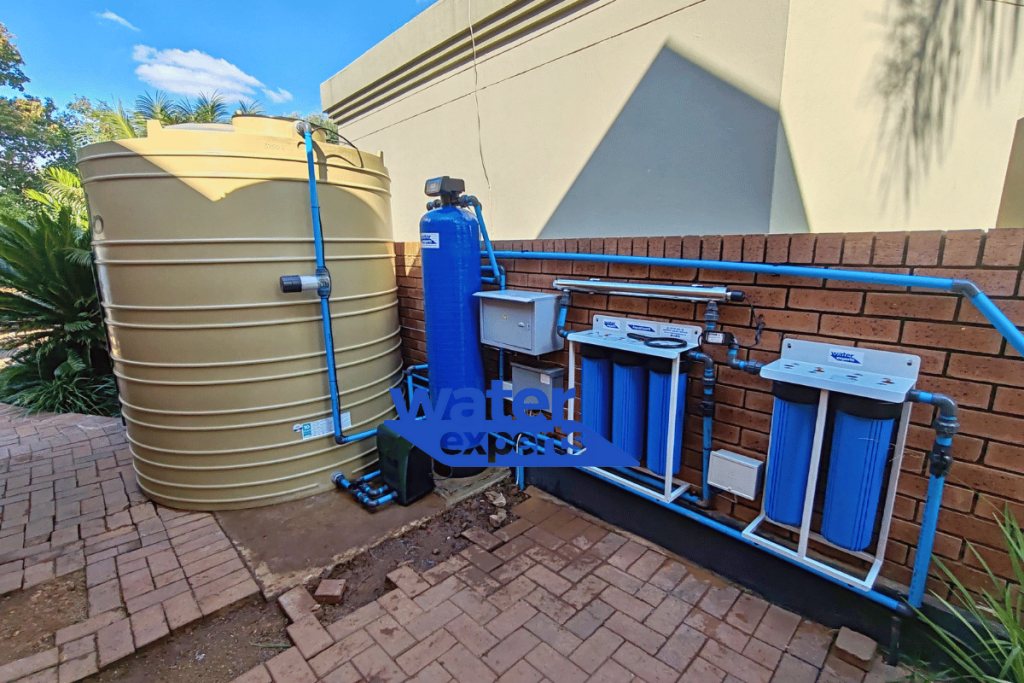Thinking about installing a borehole? For many, a borehole offers a reliable and cost-effective way to access clean groundwater. But the process can seem daunting, especially if you’re unfamiliar with it. This guide will break down the borehole installation process, from the age-old tradition of divining to the final pump installation.

Step 1: Divining – Time-Tested Traditions and Modern Technology
The practice of divining, also known as dowsing, has been around for centuries. Traditionally, dowsers use Y-shaped rods or pendulums to locate underground water. While not a scientific method, some swear by its effectiveness. There are many divining techniques, so be sure to research and find a practitioner you trust.
In addition to traditional divining, electronic divining tools have emerged in recent times. These tools use various technologies, like radio waves or electrical conductivity, to detect potential water sources. While they may offer a more objective approach, their effectiveness can vary depending on ground conditions and should not be solely relied upon.
Step 2: Science Takes Over – Hydrogeological Surveys
For a more scientific approach, consider a hydrogeological survey. Hydrogeologists use a variety of techniques, including geophysical surveys and studies of local geology, to assess the likelihood of finding groundwater on your property. This will help determine the ideal location for drilling.
Step 3: Drilling and Lining the Borehole
Once you’ve identified a promising location, a professional drilling company will take over. The drilling rig will create a narrow shaft into the ground. As drilling progresses, the borehole will be lined with casing, typically PVC pipes, to prevent collapse and contamination from surface water.
Step 4: Development – Cleaning Out the Well
After drilling, the borehole needs development. This process involves pumping water to remove sediment and ensure a good flow of clean groundwater.
Step 5: Yield Testing – How Much Water Will You Get?
Once the borehole is developed, a pump test is conducted. This test measures the rate at which water can be extracted sustainably from the borehole. This information is crucial for selecting the right pump size for your needs.
Step 6: Water Quality Testing – Is It Safe to Drink?
Borehole water should always be tested to ensure it meets drinking water standards. A qualified laboratory can analyse the water for contaminants like bacteria, nitrates, and heavy metals. Treatment may be necessary depending on the test results.

Step 7: Pump Selection and Installation
Based on the yield test, a submersible pump is chosen to efficiently extract water from the borehole. The pump is then installed along with a wellhead, which provides access to the borehole and protects it from the elements.

Step 8: System Design for Basic Use
For those who simply need water for irrigation or non-potable purposes, a basic system might suffice. This could involve a storage tank, pressure tank (to maintain consistent water pressure), and possibly a basic filtration system to remove sediment.

Step 9: System Design for Domestic Use
If you plan to use borehole water for your house, a more complex system with additional filtration will likely be necessary. Here’s why:
- Contaminants: Borehole water can contain various contaminants, depending on your location’s geology. These can include bacteria, nitrates, or iron. While some contaminants may not pose a health risk for irrigation, they are unsuitable for drinking.
- Filtration Needs: A multi-stage filtration system may be required to address any contaminants found in your water testing. This could include sediment filters, carbon filters, and reverse osmosis systems for heavy metals or other dissolved impurities.
- Professional Design: Consulting with a qualified well technician or plumber is crucial for designing a system that meets your specific needs and ensures the safety of your drinking water.
Congratulations!
With the final touches complete, your borehole should be ready to provide your property with a reliable source of clean groundwater. Remember, proper maintenance is key to ensuring the longevity and productivity of your borehole.
Additional Considerations
- Permits: Drilling a borehole may require permits from local authorities. Be sure to check with your local municipality before starting the process.
- Legalities: Depending on your location, there may be regulations regarding groundwater usage. Familiarise yourself with any local restrictions.
By following these steps and consulting with qualified professionals, you can ensure a smooth and successful borehole installation process, bringing you closer to a clean, independent water source.

